Sometimes you need a little help on how to treat light injuries, wounds or pains.
We offer our tips below.
At times, guidance on addressing minor injuries, wounds, or discomfort can be beneficial.
Below, we provide our helpful tips.
While motherhood has its glamorous moments, it undeniably involves significant challenges.
Nurturing a child demands a considerable amount of courage, patience, and love to navigate the daily obstacles.
This is especially true when faced with injuries, wounds, or pains, which can be particularly distressing.
Despite the chaos that may unfold in the world around us, nothing compares to the distress of seeing a child in pain.
Stay composed and remain steadfast.
Hopefully, the need to summon an ambulance never arises.
However, in the case of a minor injury, here are some steps you can take to assist your child.
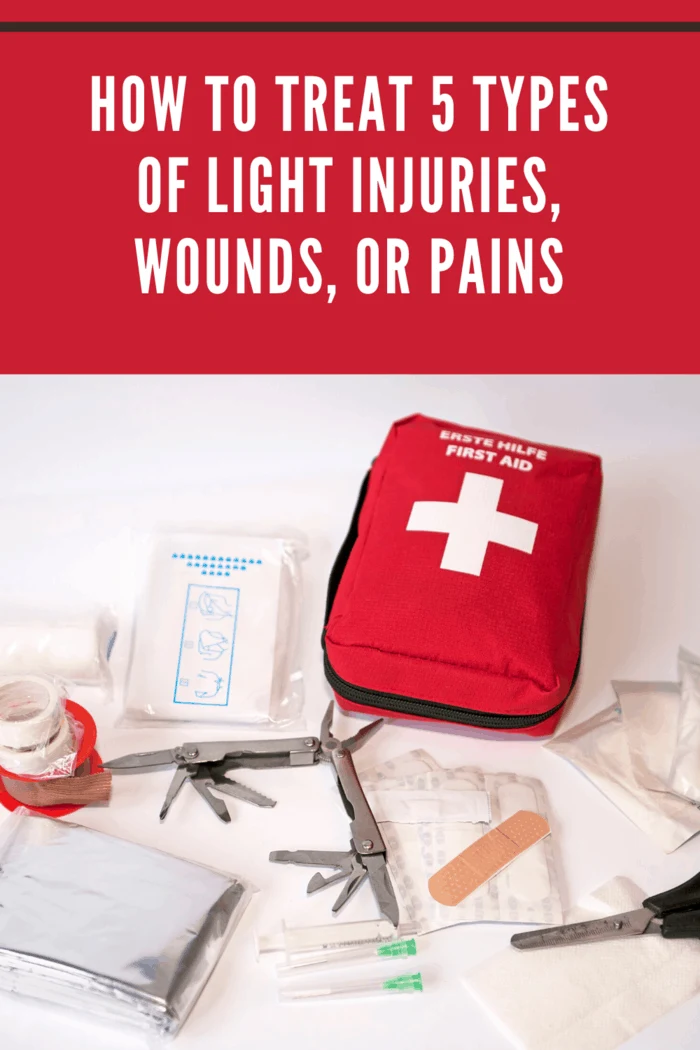
How to Treat 5 Types of Light Injuries, Wounds, or Pains
Sports Injuries
Your kid has to have a soccer phase.
Or, at least, a karate one?
And that’s great.
Sports are incredibly important for the development of children.
Sports improve the child physically, boosting their motor skills, thinking, and overall fitness.
But they also improve children’s social abilities.
On top of that, there’s nothing like a victory, and those little fellas should feel those wins.
It will help them to want to feel like great people all the time.
But, sometimes, there’s a crash.
Children heat up, and they knock each other out.
Suddenly, the kid starts crying, and as you lift his shirt, you notice a bruising.
Now, the last thing you want to do is to enter a state of shock in front of the child.
Instead, be a prepared parent.
You could, for example, get an ice pack for a shoulder.
Calm the child down, and apply the pack on the bruised area.
The pain will subside as the area cools down, and then if necessary, you can take your children to the doctor’s office.
You won’t probably need to do so.
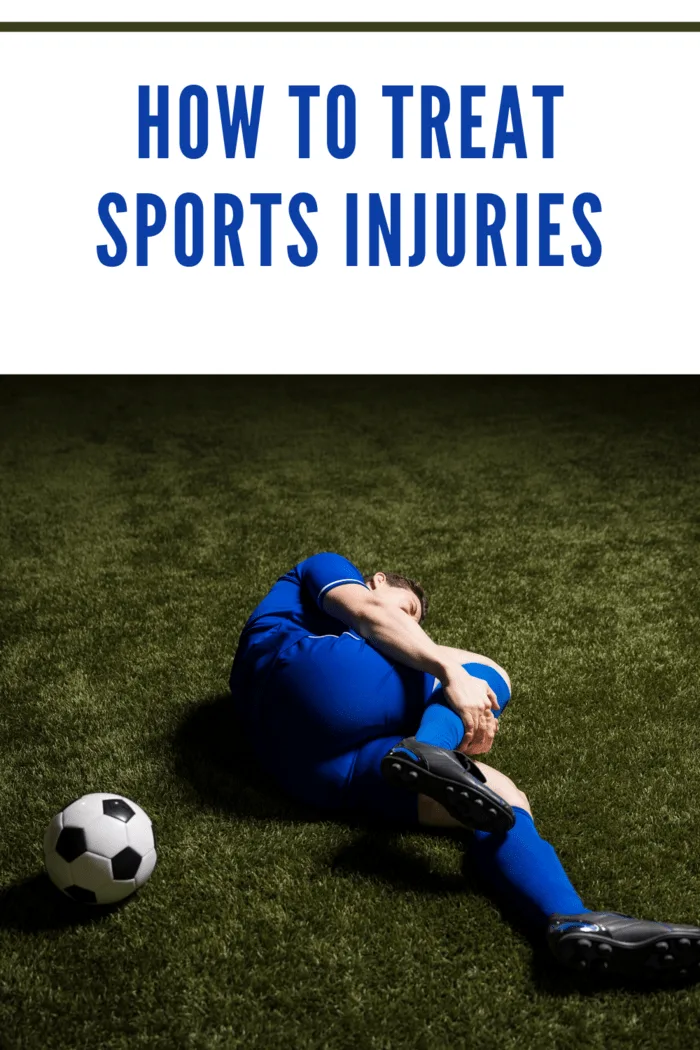
Dental Pains
People are prepared to go and sit in the waiting room with a broken arm for 30 minutes.
Yet, they can’t handle a 10-minute session with a dentist.
But, luckily, there’s always that one mom in the group that starts their sentence with words like my dentist.
Of course, they don’t always have a great doctor.
But, it’s really good when they have.
However, sometimes you don’t need to visit the dentist right away.
Unless you spot a black dot on a child’s tooth, there’s no need to panic right away.
Sometimes, children have problems with their gums.
It’s more irritating than it’s painful.
So, look for herbal solutions or medicines based on herbs and give it to them.
Of course, make sure to check with your local doctor or dentist to see if the child can use them safely.
And, don’t forget to visit the dentist anyway.
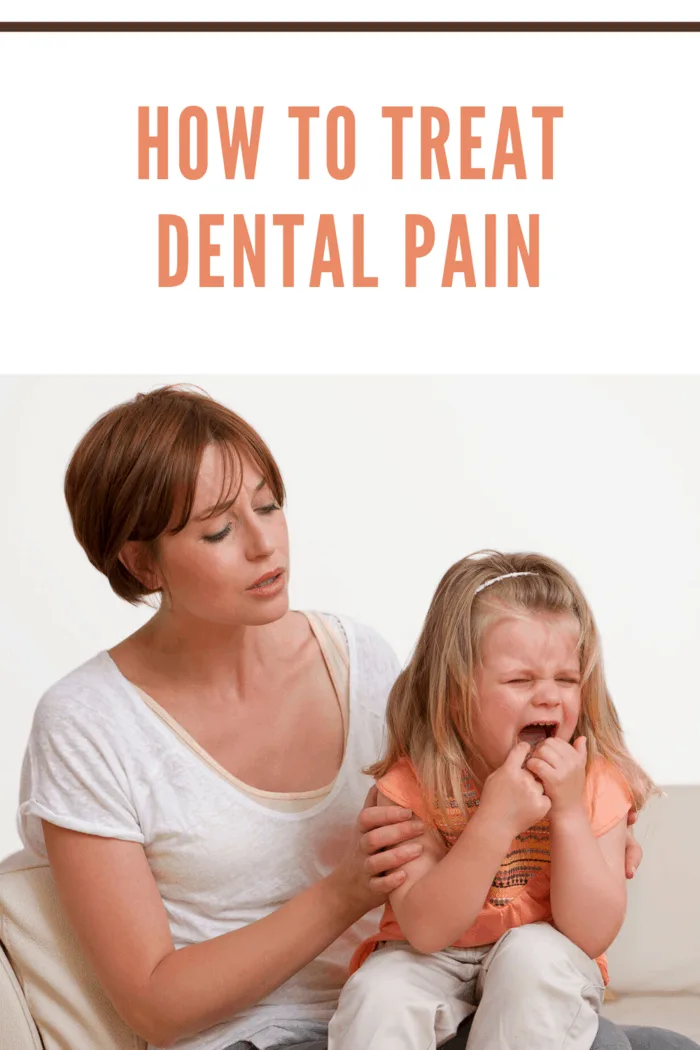
Lacerations
Lacerations are nasty.
They always come with a blood-gushing effect.
But, some of them aren’t the reason to run to the ER.
Right, it sounds counter-intuitive.
You see the kid with blood flowing down its elbow or leg, and certainly, you are shaken.
The first and basic instinct is to protect the child from harm.
However, you don’t need to pack him right away and rush him to the hospital.
To paraphrase the legendary Smith’s song, “some wounds are bigger than others”.
Aside from the poetic undertone, the phrase totally describes the situation.
If you see that the wound isn’t deep, you can sanitize it at home.
The quickest way to judge the deepness of the wound is by the blood flow coming from the wound.
If there is a big gash and a big wound, then you have to take the child to the doctor.
But, if the wound isn’t big, and there’s thin blood flow, then you can sanitize the wound at home.
And, don’t doubt yourself too much on this one.
You’ll notice the seriousness of the injury right away.
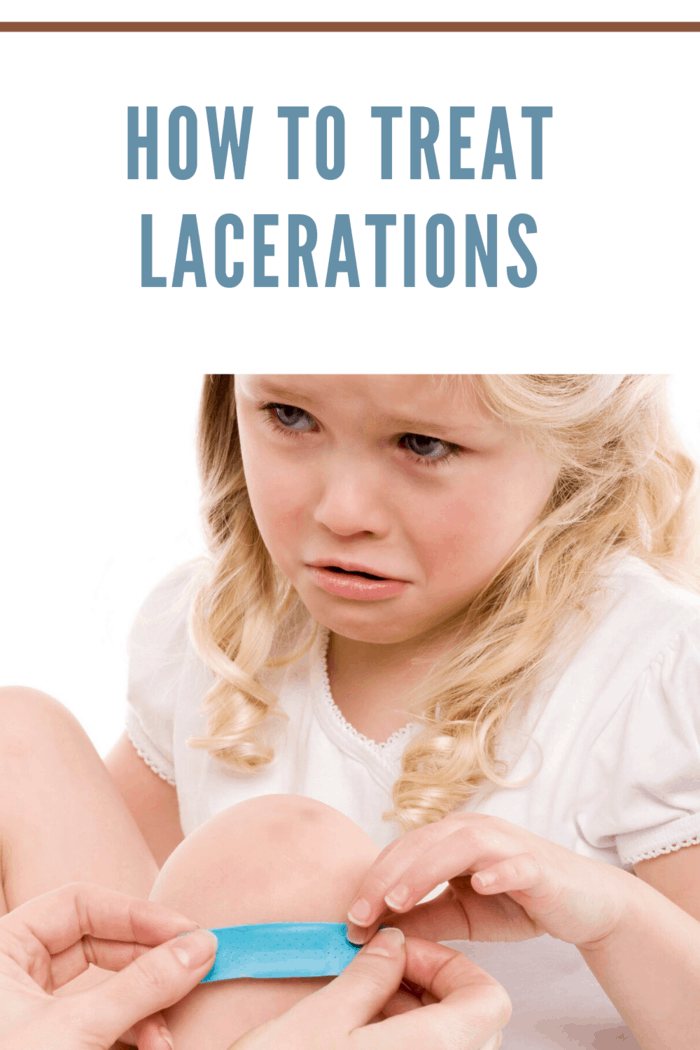
Sprains
These are rather common in sports. But there’s a reason why it’s not in the sports entry. Sprains are the usual occurrence in everyday life. Your kid doesn’t have to do sports to sprain an ankle. The child may literally walk around and make a bad step, leading to a sprain. Suddenly, its foot has a swollen ball on it, and you have to carry it around. The good thing about sprains is that you can notice them immediately. And you can rule out the possibility of a fractured bone.
So, when you see that your kid sprained an ankle, you want to elevate the sprained limb and apply something cold to it. Following the immediate reaction, the kid needs to rest. The best way to treat a sprain is through rest. Most coaches and doctors recommend the famous RICE method (WebMd).
Rice stands for :
- Rest
- Ice
- Compression
- Elevation.
The reason why it’s so popular is because of its effectiveness.
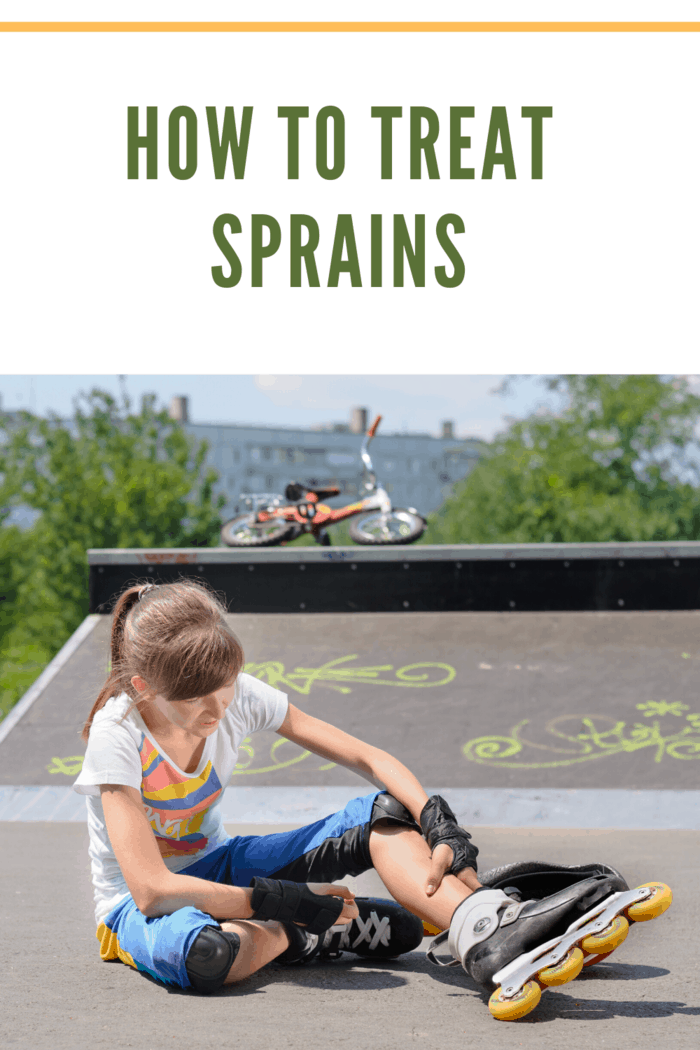
Headaches
Finally, the greatest of all evils. Nothing is worse than having a headache.
That goes for children as well.
And, while adults may use all kinds of herbs, medicines, or prescription drugs, the kids can’t.
Simply, you can’t feed a child with sedatives or any kind of drug that’s not children-friendly.
There’s one thing about headaches and children (Harvard) that is especially complicated.
The children don’t know how to explain the type of headache they are experiencing.
They won’t be able to explain how their head hurts.
But, if the pain is mild, and you see that they are a bit slowed down and sleepy, let them rest.
If you have a pain pill or a drug that the doctor allows for use, you can give them the pill.
However, if you don’t have such medicine, let the rest and sleep.
If they continue to experience pain, try to find the pain spot.
Drench it in cold or mild water, and the pain should subside.
If nothing helps, take them to the doctor.
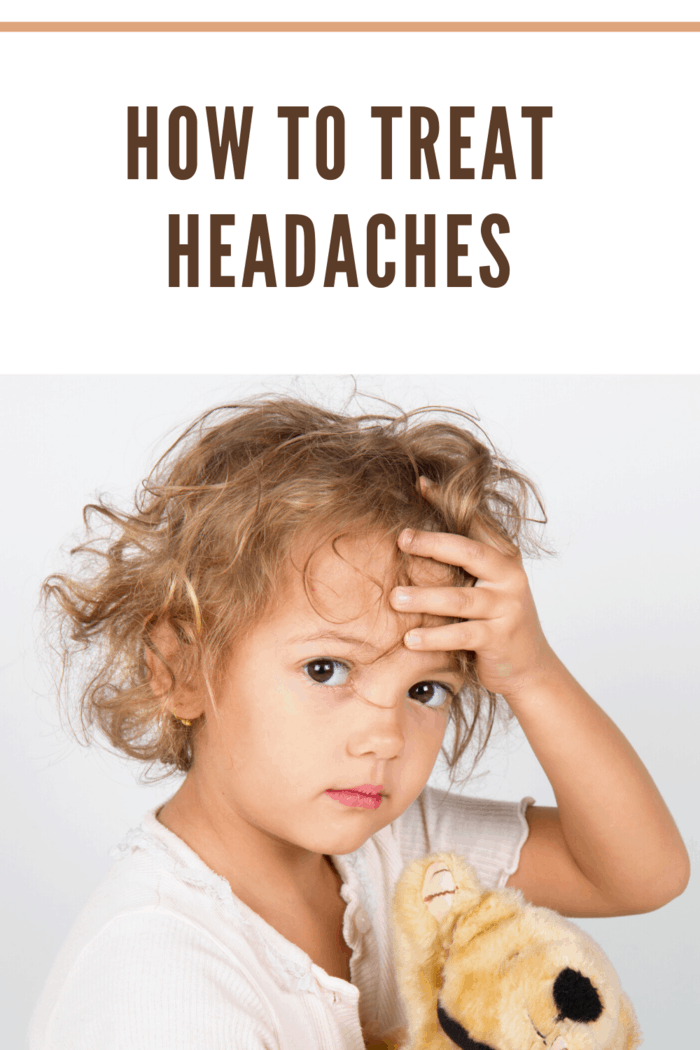
Keep Calm at All Times
No matter what happens, make sure to stay calm (Life Hack).
Even the lightest of injuries may turn to the gravest of problems if you start to panic.
Therefore, try to learn as much about the injuries as possible.
Being knowledgeable, calm, and assertive will benefit both you and the kid in the long run.
The best parents are the responsible ones.
They know how and when to act.
Go and learn.
